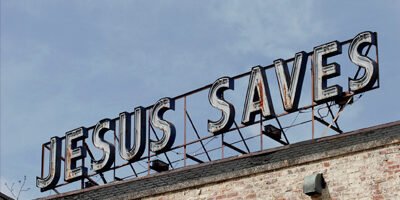The University of Minnesota is working on a project focused on data on congregations of settlers in and around the Mississippi River in Minneapolis and St. Paul. The researchers Marilyn J. Chiat, Ph.D. and Jeanne Halgren Kilde, Ph.D., have created a unique resource for those interested in the history of neighborhoods and the congregations that inhabited them. They have some historical data, an interactive map, and plenty of historical images.
As you can imagine, much has changed in the neighborhoods and communities surrounding these congregations. Augustana Evangelical Lutheran Church, in Downtown Minneapolis, recently decided to sell their congregation to the growing neighbor, Hope Community Church (their story here).
Hope had been given Central Evangelical Free Church in 2003 for use for their growing congregation, and quickly outgrew even that church. As Hope’s website states, “Just as we were feeling this space crunch, the church building directly next to Hope, Augustana Lutheran Church, went up for sale. They agreed to sell the property to Hope for their initial construction price and pay forward their equity to the next generation!”
This University of Minnesota project highlights how neighborhoods develop, including how particular neighborhoods have legacies of particular denominations and religious affiliations. But for current religious leaders and practitioners, it might be interesting to think about how these religious spaces continue to be inhabited by different and ever-changing religious groups. Even as one congregation’s door is closed, another is opened.

